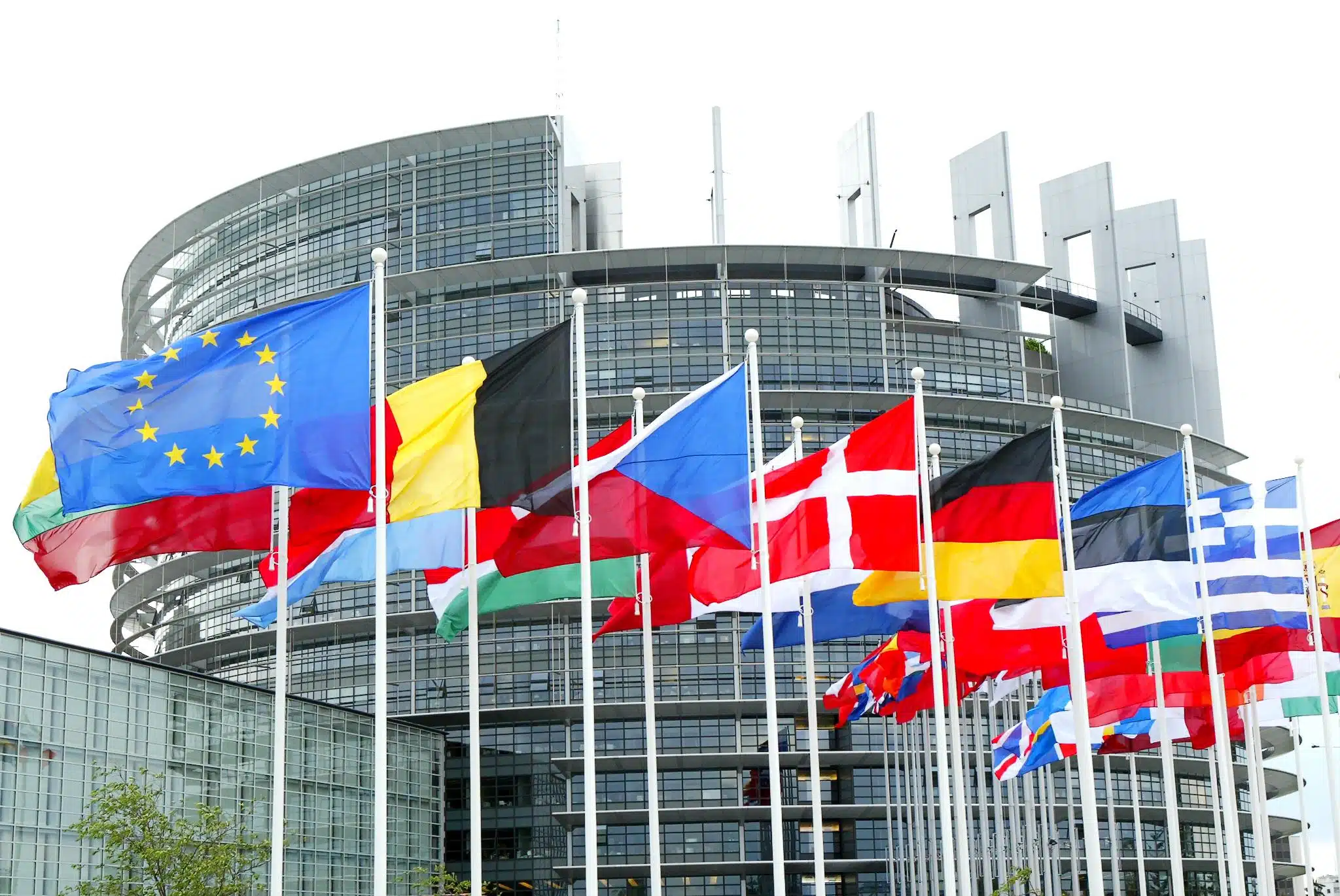“No il bianco no, spara. La camicia a righe, ma sei matto? In tv fa un casino. No, la cravatta con le camelie rosa su fondo blu non va”. Sono le frasi che si sentono dire da qualche settimana i comunicatori della Commissione europea, sottoposti a un corso di formazione per “bravo presentatore”.
L’Ufficio del portavoce di Barroso ha deciso di dare nuovo smalto e aumentare la penetrazione delle conferenze stampa quotidiane della Commissione, e ci si è resi conto che no, i portavoce visti in televisione sono spesso impresentabili, malvestiti, fanno smorfie, si agitano, parlano con accenti ridicoli. E allora, accanto alle accorte e riuscite migliorie tecniche per chi segue il briefing su internet, come la spiegazione, in due parole, del tema che si sta affrontando, o la possibilità di rivedere la parte che interessa senza dover scorrere tutto il briefing, bisogna “rifare” anche chi sta davanti alle telecamere.
Il briefing delle dodici (mai puntuale oramai da almeno un anno) è seguito da moltissimi ascoltatori sia sulla tv istituzionale Ebs, sia, ancor di più, tramite internet. Si è deciso che questo deve diventare un prodotto di punta, non solo la trasmissione di quanto accade, ma, in qualche modo, uno spettacolo in se. Quindi i portavoce sono stati invitati a non trattare più con troppa confidenza i giornalisti in sala stampa, ad evitare battute tipo “se vuoi dopo ne parliamo anche meglio, davanti a una birra”. Dovranno essere evitate anche le battute troppo “per addetti ai lavori”, o le smorfie, o i silenzi, e possibilmente anche i secchi “no comment”. L’idea è che l’appuntamento è “in mondovisione”, che gli spettatori non sono solo i corrispondenti che si frequentano ogni giorno, ma sono sparsi ovunque e bisogna fare bella figura con loro, farsi capire e farsi vedere bene. La cosa la si sta organizzando in ogni dettaglio, oltre al briefing interno della mattina subito prima dell’incontro con la stampa si è deciso di organizzarne anche uno il pomeriggio, per meglio coordinare il lavoro. O controllare più da vicino i singoli portavoce.
Già una trentina degli oltre cento tra portavoce e addetti stampa hanno fatto il corso. Non lo faranno tutti, solo quelli che possono parlare in pubblico. E chi parlerà, se non sa bene la lingua nella quale viene interpellato, è pregato di rispondere in quella che conosce meglio. Si preferisce un piccolo strappo all’Uetichetta piuttosto che dare spettacolo con britannici che si arrampicano su un francese da barzelletta.
Sarebbe bello se i portavoce, anche per la loro dignità umana e professionale, fossero anche addestrati o per lo meno autorizzati, a dare risposte soddisfacenti e non a svicolare come accade troppo spesso ora. Perché questo è il problema: un giornalista che fa una domanda “giusta” può sentirsi rispondere con piccata ironia: “Sei qui a caccia di notizie?”.
ENGLISH VERSION
“Not white, no: it-s too bright. A stripy shirt, are you crazy? It looks a mess on tv . A tie with pink camellias on a blue background is wrong”. These are the phrases that the communicators of the European Commission heard during the past weeks in their training course to become a “good anchor”.
Jose Manuel Barroso’s Office of Spokespersons decided to give itself a new image and improve the Commission’s daily press biefings. They realised that on screen the spokespersons (some of them) look badly groomed, gesticulate too much, and speak with ridicolous accents. Having made all the improvements to let us follow the briefings on the web, the turn has come to polish up those in front of the cameras.
The 12 o’clock briefing (which is never on time) is followed by many on the institutional EBS TV and on the Internet. This daily appointment should become a flagship product, a show in itself. So spokespersons were asked not to be too familiar with the journalists in the press room, to avoid phrases like, “we can talk about it later, over a beer”. Also the jokes for the “experts”, grimacing or silences should be avoided and possibly even the dry “no comment”. The idea is that the briefing is a worldwide performance, that viewers are not just the Brussels-based correspondent who attends every day, but are scattered everywhere and need to be impressed, as well as understood.
About thirty spokespersons and press officers have already followed the course. Not all will be trained – only those who speak in public. If he or she does not know well the language in which the question is asked, s/he can answer in the best spoken language.
It would be nice if the spokespersons, for their human and professional dignity, were trained, or at least allowed, to give satisfactory answers, not to evade questions, as it happens too often now. The real problem is that if a journalist asks a good question, s/he can be ironically answered with: “Are you here fishing for news?”.










![Il presidente della Repubblica, Sergio Mattarella (sinistra), con il presidente del Consiglio Europeo, Antonio Costa [Bruxelles, 20 maggio 2025. Foto: Quirinale]](https://www.eunews.it/wp-content/uploads/2025/05/mattarella-costa-120x86.jpeg)

